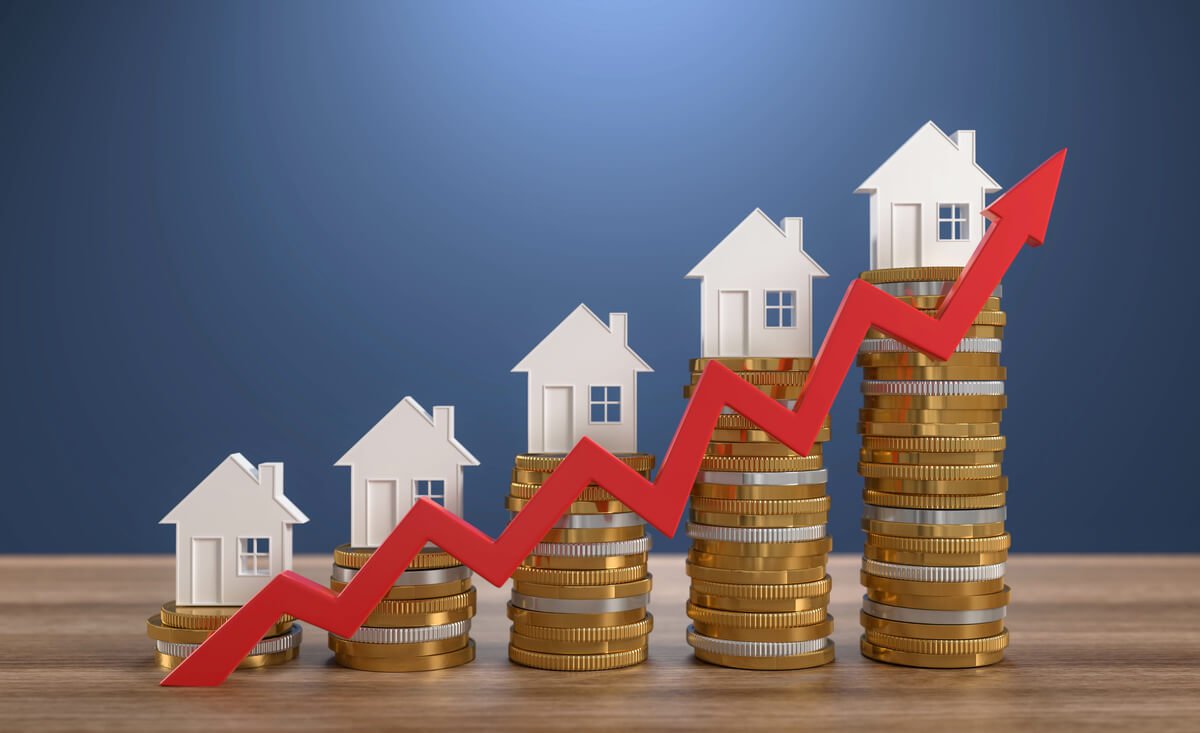Now Reading: Real Estate Prices in 2025: Why India’s Property Boom Still Has Room to Grow
-
01
Real Estate Prices in 2025: Why India’s Property Boom Still Has Room to Grow
Real Estate Prices in 2025: Why India’s Property Boom Still Has Room to Grow

Table of Contents
Real estate prices in India have always been a hot topic. But in 2025, it’s more than a conversation—it’s a national obsession. With over 400,000+ monthly searches, “real estate prices” has become one of the most talked-about property terms online. Everyone—from first-time buyers to seasoned investors—is asking the same question: Will prices keep rising, or are we reaching a peak?
The answer isn’t just numbers. It’s in the stories behind those numbers—of cities transforming, suburbs flourishing, and new technologies driving smarter decision-making.
Here’s a deep dive into what’s powering the price surge, what it means for buyers and sellers, and how to ride the wave with confidence.
The New Price Drivers
In 2025, real estate prices are no longer rising based on speculation alone. Today’s surges are fueled by strong fundamentals—better infrastructure, increasing demand, and a shift toward quality living.
Metro cities like Mumbai, Delhi, and Bengaluru are still leading the way, but Tier-2 cities such as Lucknow, Coimbatore, and Nagpur are catching up fast. These cities are seeing a massive influx of professionals, digital nomads, and young families. And with that, property prices are gaining ground in places where affordability once ruled.
Most listing platforms now highlight price trends using graphs and backlinks to local development updates, transport expansion plans, and price-per-square-foot histories—helping buyers make informed choices.

Demand Is Skyrocketing
India’s middle class is expanding, and so is its appetite for real estate. With more double-income families, a rise in remote work, and lifestyle upgrades becoming a priority, the demand for better, well-connected homes has gone through the roof.
This demand isn’t limited to buying. Rental prices are also surging, pushing many tenants toward ownership, which adds further momentum to the buying market. Platforms now offer real-time rental-vs-buying calculators and backlinks to EMIs, subsidy info, and pre-approved loan tools.
It’s the perfect storm of opportunity—and rising competition.
Smart Homes, Higher Value
Gone are the days when buyers just looked for a roof over their heads. Today’s buyers want smart-enabled homes—with IoT features, voice-controlled systems, energy-efficient appliances, and automated security.
As a result, properties with smart features are commanding a premium. Developers are investing more in tech, knowing buyers are willing to pay more for comfort and convenience.
Many listings now showcase virtual walkthroughs and tech integration guides with backlinks to demo videos and energy-saving reports—adding transparency and building buyer trust.
Green Spaces Are Gold
One of the biggest shifts affecting real estate prices is the growing preference for green, sustainable, and open living environments. Properties with green certifications, rooftop gardens, EV charging stations, and rainwater harvesting are seeing a 10–15% higher valuation compared to non-sustainable counterparts.
This trend is especially visible among younger buyers who value health, climate consciousness, and community living. Builders are catching on and ensuring their projects are listed with backlinks to environmental impact reports and sustainability benchmarks.

Tier-2 Cities Surging Forward
While metro prices are steady, the real movement in 2025 is happening in India’s Tier-2 cities. Cities like Surat, Bhopal, and Bhubaneswar are seeing double-digit growth in property values. Why? Because they’re getting the right kind of attention—infrastructure, jobs, and lifestyle development.
Listings in these cities now come with backlinks to proposed metro routes, new expressways, and IT hub expansions. For buyers looking for long-term value, these cities offer properties at lower entry points with high appreciation potential.
RERA and Transparency Fueling Confidence
The Real Estate Regulatory Authority (RERA) continues to reshape how buyers view property investments. With stricter rules, improved transparency, and quicker dispute resolution, the trust in under-construction projects is higher than ever.
As a result, new project launches are priced more competitively and come with higher upfront bookings. Platforms offer backlinks to RERA registration details, builder track records, and customer reviews to ensure smoother decision-making.
Trust is no longer optional—it’s driving price tags.
Luxury Real Estate Making a Comeback
After a lull during the pandemic years, luxury real estate has made a triumphant return in 2025. Ultra-premium villas, penthouses, and branded residences are being snapped up not just in metros, but in developing urban hubs as well.
High-end buyers, especially NRIs, are returning with renewed interest, encouraged by currency advantages and India’s improving global investment image. Many luxury listings now include immersive features and backlinks to design concepts, 3D layouts, and lifestyle packages.
It’s not just about the space—it’s about the experience.
What It Means for First-Time Buyers
While the rising prices might seem intimidating, 2025 offers first-time buyers a chance to lock in property before rates climb higher. Smart financing options, government subsidies, and co-investment platforms have made buying far more accessible.
Platforms today are geared toward helping new buyers navigate this space—with backlinks to step-by-step guides, eligibility calculators, and housing schemes. For those waiting for the “perfect” moment—this might be it.

Conclusion: Act With Purpose, Not Panic
India’s real estate market in 2025 is a story of growth—and yes, rising prices. But it’s also a story of evolution, clarity, and opportunity. Whether you’re looking for your dream home or your next big investment, the key is to stay informed and act with purpose.
Use platforms that offer detailed insights, verified listings, and backlinks to reliable information. Understand your needs, set your budget, and act confidently. The price boom isn’t a reason to panic—it’s a sign that real estate in India is stronger, smarter, and more transparent than ever before.
Also Read –Real Estate Trends 2025: Bold Shifts Driving India’s Property Revolution






















